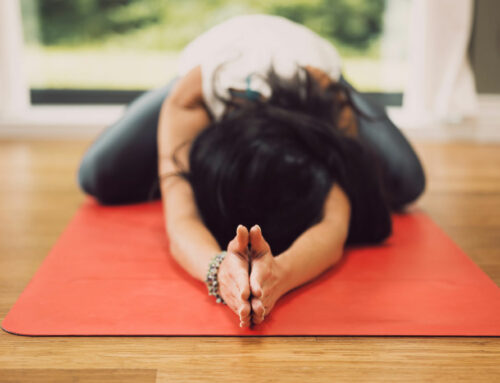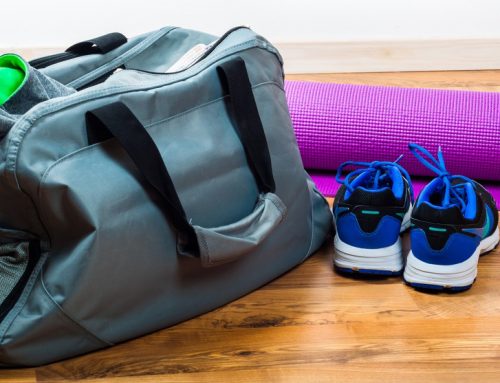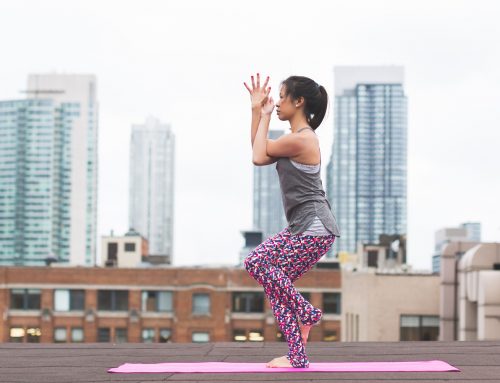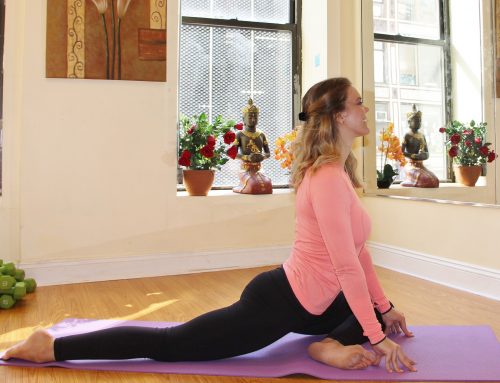By Jackie
Retirement is supposed to be the time of your life when you get to take it easy and enjoy yourself after years of hard work, but for many it can be a period which is just as stressful as any other.
Health issues, financial worries or providing free childcare for family can eat into your ‘freedom years’ and cause rising stress levels. Studies have shown that stress is one of the most common problems faced in retirement, and if left untreated it can lead to further issues like anxiety and depression.
Tackling Stress Head On
It’s well-known that stress can cause short and long-term issues (headaches, insomnia, high blood pressure and heart disease to name but a few), but sometimes it’s easier said than done to switch off and relax. It may be helpful to try meditation or exercise, and yoga in particular has been shown to be extremely helpful in relieving stress. The combination of physical poses and controlled breathing can help you relax, even lowering your heart rate and blood pressure.
Yoga For All?
Remember that not all yoga is created equal: a hot yoga like Bikram or a Vinyasa power yoga class may not be the best choice for you in your senior years, but a gentle stretching Hatha yoga class or a Yin meditation class could be just what you need. And don’t worry about not knowing what you’re doing – everyone has to start somewhere, and a reputable yoga teacher will be able to modify any poses for your skill and comfort level.
Start Slow
As with any new kind of physical activity, it’s a good idea to check with your doctor first and see if there are any poses you may need to avoid (for example headstands can increase the pressure within the eyes, so aren’t considered suitable for those suffering from glaucoma). Once you’re ready to go, do your research – decide which sort of yoga you want to try and find a beginner class. While practising at home can be an excellent way to get into a new regime, it’s always recommended to start with an in-person class first, as sometimes poses can be tricky to get into safely. A qualified teacher will guide you through the poses with the breathing that accompanies them, helping you to find the right balance between challenging yourself and avoiding injury.








